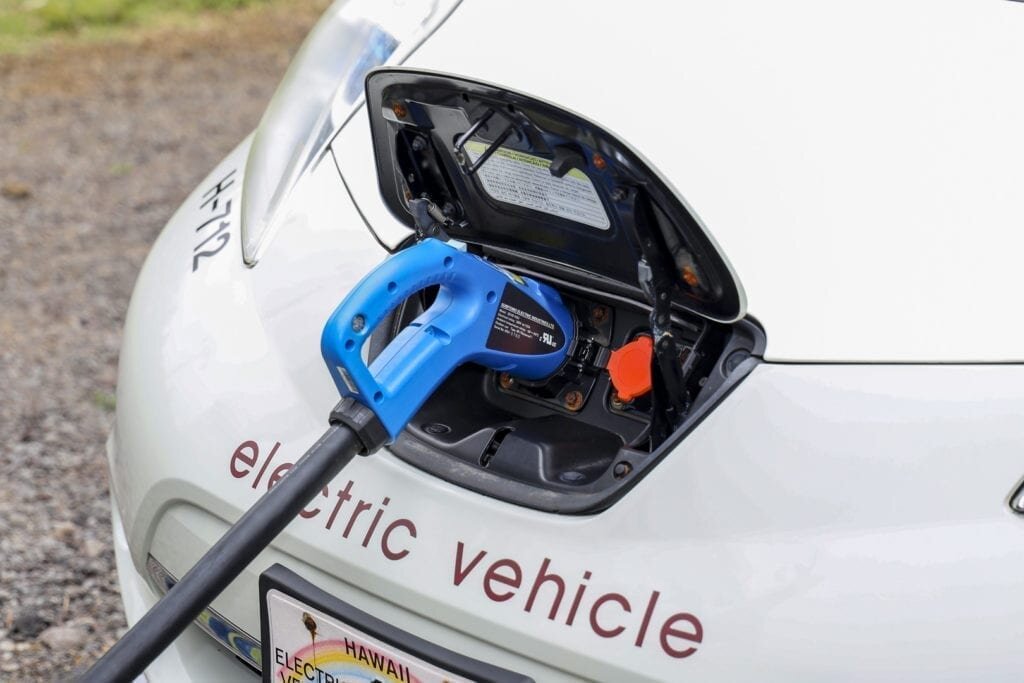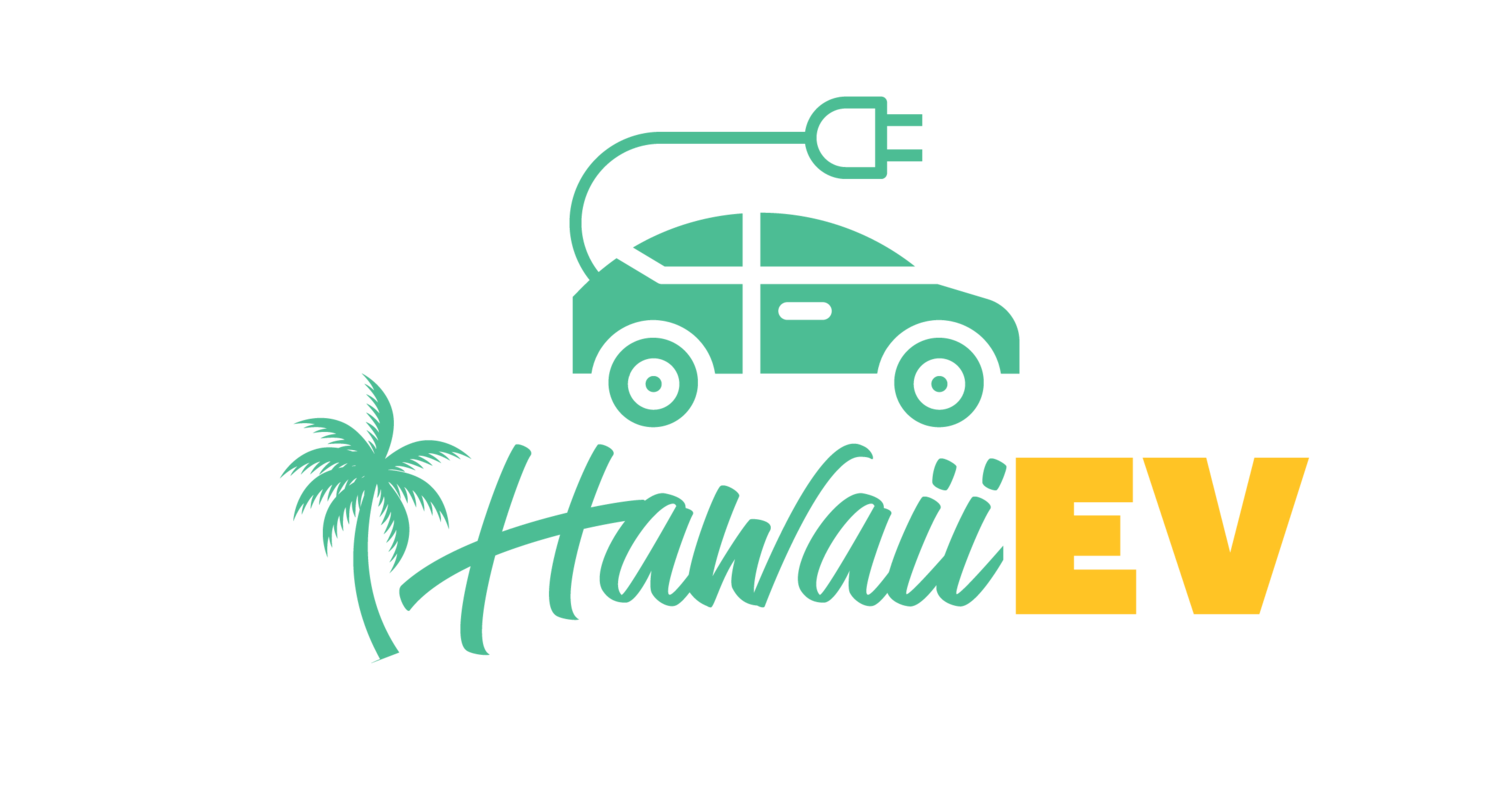
EV Charging
Did you know that an electric outlet is an EV fueling station?
EV Charging Speed
Wondering about the various types of EV chargers and how quickly they charge an EV?
This Plug In America infographic says it all.
Home Charging
For most electric vehicle owners, a home charging station will address most of the car ‘fueling’ needs. With a home station, keeping an electric car charged is a series of ‘topping off’ events, similar to what one does with their mobile devices. For most EVs, you plug in when you get home and unplug when you’re ready to use it again. It becomes a habit in no time and it beats having to make stops at a gas station.
Your electric vehicle should come with mobile charging equipment that will allow you to plug into a household 110 or 240-volt outlet. It is portable so you can take it with you. If your situation permits, we recommend getting a 40 AMP 240V outlet installed by a licensed electrician. This is similar to what electric clothes dryers use. This will allow you to charge your EV much faster than a 110v outlet. (Refer to your EV’s manual for specific requirements).
If you would like a more ‘permanent’ charging station, you can install one of several Level 2 (240v) chargers. These are installed close to where you park your EV. This may require electrical wiring work and the service of a licensed electrician. A charging station will allow for convenient charging – just unwind the charging cable and plug into your EV! Some of these stations are also networked so you can monitor and control charging through your mobile app. Charging stations can be purchased online - retailers like Amazon, eBay, and even Home Depot sell them. Visit Tesla.com for their wall chargers and charging accessories.
PlugStar Charger Shopping Tool
PlugStar provides a shopping assistant that can help you find a charger that best fits your needs.
Public Charging…
Of course, you’ll still find a need for public charging station so it’s good to understand where these stations are located and what’s required to use them. Electric cars have charge ports and adapters that allow for use of the available public charging stations around our state. These chargers include ‘Level 2’ (240v charging stations) and ‘Level 3’ (DC Fast Chargers).
Electric cars should be able to use the Level 2 charging stations, although some will require adapters that should be available with the cars. Some station hosts offer free charging so you can get a boost while you shop.
Fast Charging…
For the fastest charging rate, look for DC Fast Chargers – a session at one of these stations can save you hours of waiting! These can be used by most electric cars (they need to be enabled and/or have a special adapter to avail of this level of charging). These stations are strategically placed across the state.
Where are the charging stations?
PlugShare
The best way to find available charging stations is through plugshare.com. Enter ‘Hawaii’ or your zip code to find all the stations on your island.
This app lists the location of most or all stations, including private ones that are available to EV owners.
Plugshare also has a convenient mobile app. Download it to locate stations while you’re on the go.
EVHype
A new EV Charger map can also be found on EVhype. Check out the map at evhype.com/map or click on this map. Enter your Zip Code to find the nearby charging equipment.
EV Charging Resources
Hawaiian Electric DC Fast Charging - This includes information about HECO’s DC Fast Charger service. Download the Hawaiian Electric Mobile app (Android/IOS) to access real-time status of their DC Fast Chargers.
Energy.gov EV Charging at Home – Home EV charging tips from the Department of Energy.
8 Dos and Don’ts for Courteous Electric Charging – Learn about how to ‘charge nice’ and how to create a better electric car experience for everyone.
PlugInAmerica EV Charging 101 - Here’s a 1-page summary of the differences between Level 1, 2, and Fast Chargers.
EV Charge Time Calculator - Find out how much time will be required to charge your EV with this tool from EVGOFORTH.




